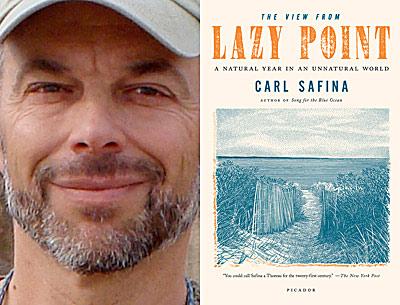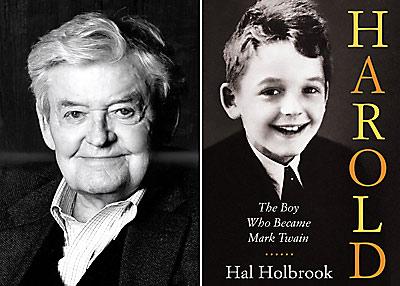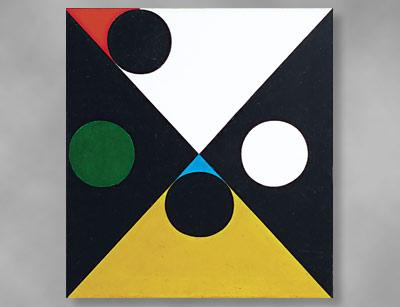Bits And Pieces 03.08.12
Bits And Pieces 03.08.12
Dwyer Does Cider
Coming up next in the East Hampton Historical Society’s concert series, the Cider House Sessions, is Doug Dwyer, who will perform at the Clinton Academy on Saturday at 7 p.m. Mr. Dwyer made his musical debut in Southampton in 1964 and his repertory is wide ranging, covering country, classic rock, rhythm and blues, and jazz. Performing with him will be Mike Appel, who was Bruce Springsteen’s original manager and producer (e.g., on “Born to Run”). Mr. Dwyer will sing Mr. Appel’s new song “Pink Cotton Candy.”
Tickets cost $12 for adults, $10 for those over 65, and $8 for students. Hot mulled cider and snacks will be served gratis after the performance.
Wu Zigs, Zags
At the Montauk Library on Saturday at 7:30 p.m., Alexander Wu, a pianist who has performed there as a member of the ZigZag Quartet, will perform a solo concert, “Rhythm Across the Americas,” which has been called a rediscovery and exploration of the music of North and South America through early American music, jazz, and Latin American classics. Mr. Wu will also take concertgoers through different periods of music and dance styles. Admission is free.
Mr. Wu released his first commercial solo CD last year. The ZigZag Quartet released its first CD on New Year’s Day.
Dangerous Showing
The Southampton Cultural Center has undertaken an ambitious event, a performance of Christopher Hampton’s “Les Liaisons Dangereuses,” directed and designed by Michael Disher and starting next Thursday at 8 p.m.
The original story was published as an epistolary novel by Pierre Choderlos de Laclos in 1782. The gist of the story centers on the use of sex as a weapon of humiliation and degradation by rival pre-Revolutionary French aristocrats who are also ex-lovers. The novel was made into a play by Mr. Hampton, which ran in London and on Broadway, as well as film, radio, and television versions.
Showtime is 8 p.m. on Thursdays, Fridays, and Saturdays and 2:30 p.m. on Sundays until April 1. Tickets cost $22, $12 for students under 21 with ID. Group rates are available and reservations have been encouraged.
‘Becky’s New Car’
A comedy that had its debut in 2008 in Seattle, “Becky’s New Car,” will have its New York premiere next Thursday at the Hampton Theatre Company in Quogue.
Charles Staadecker commissioned Steven Dietz to write the play as a present for his wife’s 60th birthday. The cast includes Camille Mazurek as Becky, Edward A. Brennan as her husband, Joe, and Ben Schnickel as her son, Chris. Hailed by critics as being full of “delicious deadpan humor along with warmth and humanity,” according to a release, “Becky’s New Car” will be performed on Thursdays at 7 p.m., Fridays and Saturdays at 8, and Sundays at 2:30, through April 1.
Tickets cost $25 for adults, $23 for those over 65 (except Saturday), and $10 for students under 21.
‘Comedy of Errors’
Guild Hall is the place to be for a screening of the National Theatre Live, where Shakespeare’s “The Comedy of Errors” is being performed through the end of the month. Dominic Cooke, the director of the Royal Court Theatre in London, is directing the production. Lenny Henry plays Antipholus of Syracuse.
Tickets cost $18, $16 for members.
Calling Thespians
Aspiring thespians ages 16 and up can take an eight-week course in classical acting at Guild Hall, starting on March 19 and culminating in a performance at the John Drew Theater on May 8.
Taught by Tristan Vaughan and Morgan Duke Vaughan, the course will include work on masks, scenes, the sonnet, and the monologue. Mr. Vaughan and Ms. Duke Vaughan earned M.F.A.s in classical acting from the Shakespeare Theatre Company’s Academy for Classical Acting at George Washington University and also studied at the Circle in the Square Theatre School in Manhattan and at the Royal Academy of Dramatic Arts in London.
The workshop, to be conducted at the Boots Lamb Education Center at Guild Hall, costs $300, $275 for Guild Hall members. Those interested have been asked to e-mail Jennifer Brondo at [email protected] or call her at extension 25 in special events.






